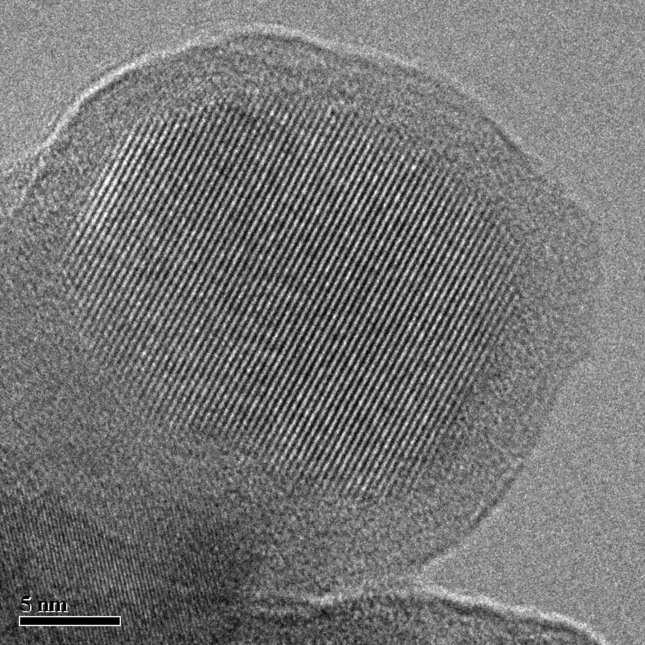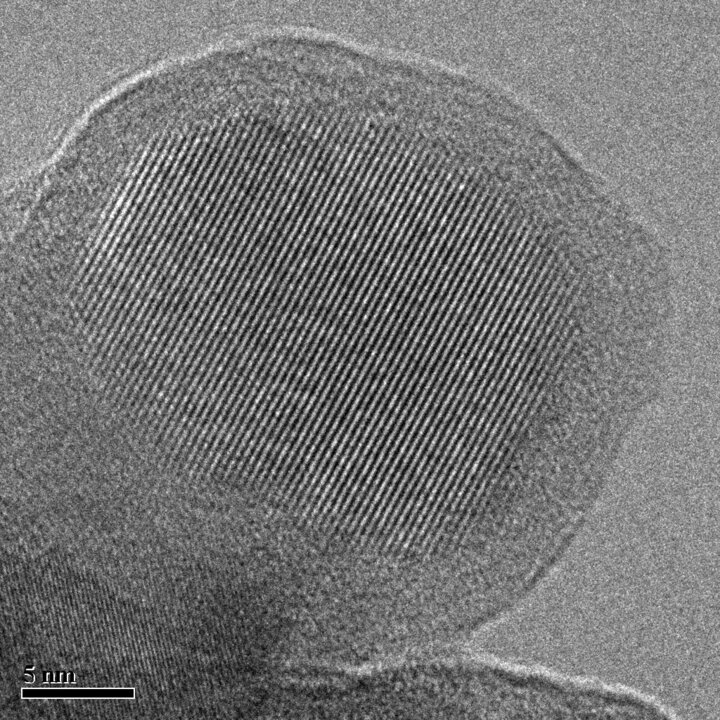
ALD for photovoltaics
The Plasma & Materials Processing (PMP) group had a pioneering role in the research of c-Si surface passivation by Al2O3. The use of ALD triggered a lot of academic and industrial interest after our initial results showing that ultra-thin Al2O3 layers deposited by ALD provide an excellent level of surface passivation on c-Si wafers. Very thin layers of about 5-10 nm are sufficient to drastically reduce the surface recombination velocity at the interface resulting in solar cells with improved efficiency. Currently, we investigate the passivation of surfaces of advanced silicon solar cells by combining different (ALD-prepared) materials in stacks (e.g. SiO2, a-SiNx:H, Al2O3 etc.).
ALD is also of added value for thin solar cell technologies such as Copper Indium Gallium Selenide (CIGS), dye-sensitized (DSSC) and organo-metal halide perovskite solar cells, which are investigated in our group in collaboration with the research and industrial partners of Solliance. Particularly, the ability of ALD processing in delivering highly conformal ultra-thin layers, compatibility with 3D structures and low temperature processing is definitely an asset for these PV technologies. For example, we investigate low temperature (25-100°C) ALD to develop novel transparent Pt-nanoparticle based counter-electrodes for DSSC devices on polymer substrates.
We currently investigate ultra-thin metal oxide layers by ALD to reduce electron-hole recombination processes at the complex interfaces present in perovskite solar cells: we have shown that 5-10 nm thick TiO2 serves as blocking layer toward recombination at the ITO/mesoscopic scaffold/perovskite interface, while ultra-thin Al2O3 is conformally coated on the TiO2 mesoscopic scaffold to suppress recombination processes at the scaffold/perovskite/hole transport layer interface.
Li ion batteries
One of the remaining challenges in the field of portable electronics is the miniaturization of lithium-ion batteries. To prepare all-solid-state batteries with a sufficient high storage capacity it is vital to prepare high quality thin films for battery stacks on 3D-structured substrates. At PMP we recently reported on the development of a plasma-assisted atomic layer deposition (ALD) process for the deposition of LiCoO2 serving as cathode. The adopted ALD recipe follows the super-cycle approach. A combination of CoCp2 as cobalt precursor, LiOtBu as lithium precursor and O2 plasma as oxidant source was used to deposit LiCoO2 from Co3O4 and Li2CO3 cycles. The ALD-deposited LiCoO2 thin film electrodes were electrochemically characterized, revealing good electrochemical performance. Presently, the research at PMP is directed at the synthesis of lithium titanium oxide (LTO) thin films to be adopted as anode in 3D all solid state Li-ion batteries. In this framework, we complement the ALD experimental work with DFT simulations predicting the interaction of the precursor molecules with the surface during the ALD half-cycles and a plug-flow model to predict the maximum aspect ratio for which conformal coatings on 3D (nano-)structures can be achieved.
ALD for photovoltaics
The Plasma & Materials Processing (PMP) group had a pioneering role in the research of c-Si surface passivation by Al2O3. The use of ALD triggered a lot of academic and industrial interest after our initial results showing that ultra-thin Al2O3 layers deposited by ALD provide an excellent level of surface passivation on c-Si wafers. Very thin layers of about 5-10 nm are sufficient to drastically reduce the surface recombination velocity at the interface resulting in solar cells with improved efficiency. Currently, we investigate the passivation of surfaces of advanced silicon solar cells by combining different (ALD-prepared) materials in stacks (e.g. SiO2, a-SiNx:H, Al2O3 etc.).
ALD is also of added value for thin solar cell technologies such as Copper Indium Gallium Selenide (CIGS), dye-sensitized (DSSC) and organo-metal halide perovskite solar cells, which are investigated in our group in collaboration with the research and industrial partners of Solliance. Particularly, the ability of ALD processing in delivering highly conformal ultra-thin layers, compatibility with 3D structures and low temperature processing is definitely an asset for these PV technologies. For example, we investigate low temperature (25-100°C) ALD to develop novel transparent Pt-nanoparticle based counter-electrodes for DSSC devices on polymer substrates.
We currently investigate ultra-thin metal oxide layers by ALD to reduce electron-hole recombination processes at the complex interfaces present in perovskite solar cells: we have shown that 5-10 nm thick TiO2 serves as blocking layer toward recombination at the ITO/mesoscopic scaffold/perovskite interface, while ultra-thin Al2O3 is conformally coated on the TiO2 mesoscopic scaffold to suppress recombination processes at the scaffold/perovskite/hole transport layer interface.
Li ion batteries
One of the remaining challenges in the field of portable electronics is the miniaturization of lithium-ion batteries. To prepare all-solid-state batteries with a sufficient high storage capacity it is vital to prepare high quality thin films for battery stacks on 3D-structured substrates. At PMP we recently reported on the development of a plasma-assisted atomic layer deposition (ALD) process for the deposition of LiCoO2 serving as cathode. The adopted ALD recipe follows the super-cycle approach. A combination of CoCp2 as cobalt precursor, LiOtBu as lithium precursor and O2 plasma as oxidant source was used to deposit LiCoO2 from Co3O4 and Li2CO3 cycles. The ALD-deposited LiCoO2 thin film electrodes were electrochemically characterized, revealing good electrochemical performance. Presently, the research at PMP is directed at the synthesis of lithium titanium oxide (LTO) thin films to be adopted as anode in 3D all solid state Li-ion batteries. In this framework, we complement the ALD experimental work with DFT simulations predicting the interaction of the precursor molecules with the surface during the ALD half-cycles and a plug-flow model to predict the maximum aspect ratio for which conformal coatings on 3D (nano-)structures can be achieved.
